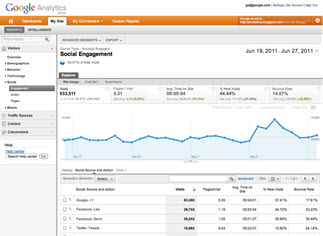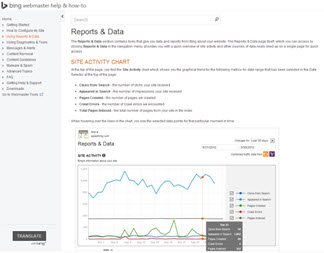How often do you read a blog or case study about a huge lift (sometimes here on this very site) and think, “That’s too good to be true.”
Trust me, you’re not alone.
I think like that also and I’m here to tell you that it’s alright. It pays to be skeptical in the marketing world. To me, skepticism is just another way of saying you pay close attention to details.
After all, it’s the details that help you discover why people buy your products.
I’m also here to tell you testing and analytics tools are a skeptical marketer’s best friend. They can help you evaluate your marketing while avoiding business decisions made from results that really could be too good to be true.
Online testing platforms and analytics tools can be fairly expensive, depending on your goals and objectives. However there are some options you can use without investing too much money or time up front.
If you’re new to testing, these can help you get your feet wet and see for yourself what sort of results you can achieve. If you’re not ready to begin testing, start by understanding your analytics with some free tools and then pair them with a low-cost splitter tool.
Heck, you might not see a 500% lift right off the bat, but I would take a 10% lift any day of the week if the ROI is there.
Use free and open source tools to help you get started
There’s nothing wrong with using paid solutions and there are plenty of them out there offering a galaxy of options and pricing.
But let’s face it – for marketers with growing expectations and smaller budgets to meet those demands, the costs associated with testing and analytics tools can be tough to justify if you’re new to online testing.
Lucky for you, there are a few options that allow you begin in testing and analytics with minimal financial cost and a little development know-how.
 For example, if you want to start out on the completely free route, Google Analytics has a Content Experiments feature built into the platform.
For example, if you want to start out on the completely free route, Google Analytics has a Content Experiments feature built into the platform.
Setting up a content experiment can be as simple as duplicating a page, giving it a new URL and setting up a split test along with your goal URLs using the experiment wizard Google provides to help walk you through it.
Microsoft’s Bing Webmaster Tools also offers a free analytics platform that you can use.
One thing to keep in mind here is, when presented with options, we have a tendency to narrow them to only one.
With free tools, you can use as many as you like.
Consequently, one analytics best practice I recommend is to track your Web performance using multiple platforms. The caveat to remember with this is they all calculate metrics differently, but not so much that you will see a radical difference.
Also, keep in mind the big boys at Google and Microsoft are not the only free analytics game in town. There plenty of open source tools like PIWIK that you can also use to help you analyze clickstream data.
Now that you’ve got the tools needed to get started, go forth, start testing and see if you can experience some lifts for yourself. Just don’t forget to come up with a good hypothesis first.
Stay skeptical my friends, and feel free to drop me a line in the comments section about some of your experiences with beginning your online testing efforts.
As always, you don’t know until you try it for yourself, and that 500% lift could be right around the corner.
If you’d like to get my opinion on a particular topic, please feel free to tweet me @OptimizeDude. I’d love to hear from you.
You may also like
Can I Test More Than One Variable at a Time? [Video]
Marketing Analytics: 4 tips for productive conversations with your data analyst
Metrics and Analytics: 4 questions every marketer should ask their data analysts
Marketing Experiment: Learn from our split testing mistakes
Test Plan: Build better marketing tests with the Metrics Pyramid



